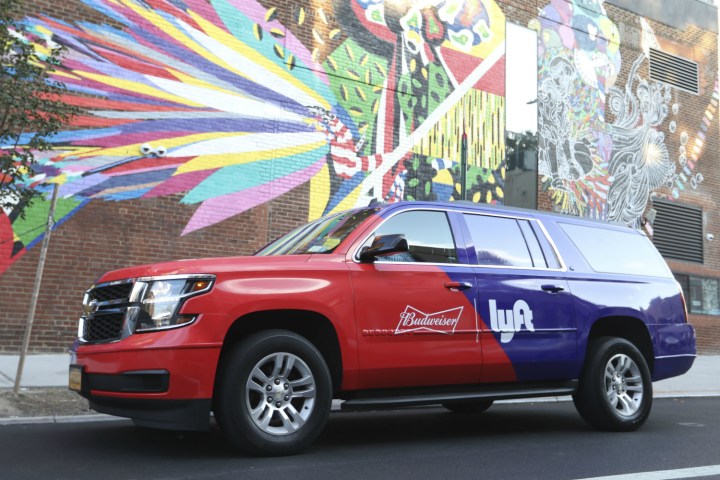
Anheuser-Busch cites the 2016 USA Road Safety Monitor which states that while 99 percent of U.S. drivers get how important it is to use designated drivers when people are drinking, “nearly one in five adults never use one” and “only 19 percent used rideshare programs on a night out.” The Road Safety Monitor survey of more than 5,000 adults was conducted for the second year by the Traffic Injury Research Foundation USA (TIRF USA) in partnership with Anheuser-Busch.
More: Budweiser and Lyft hook up to give free rides to folks who are drunk
Hoping to get more people to actually do what they know is safe, Budweiser’s Give a Damn partnership with Lyft will operate in six states, New York, Illinois, Florida, Colorado, Pennsylvania, and Massachusetts, plus Washington, DC.
So here’s how it works. Be among the first 10,000 adults who visit the Bud Facebook page on Thursday, December 22 at 2:00 p.m. ET to get a code for a $10 Lyft ride credit. The credit can be used now through New Year’s Eve from 10 p.m. to 2 a.m. local time in DC and in the states where it’s valid.
This campaign isn’t Anheuser-Busch’s first designated-driver promotion rodeo with Lyft. In September the two companies started a program that gave away 5,000 free $10 Lyft ride credits every weekend through the end of December. At that time, only New York, Colorado, Illinois, and Florida were in the Give a Damn partnership, but now Massachusetts and Pennsylvania plus DC have joined in.
Anheuser-Busch VP of corporate social responsibility Katja Zastrow said in September, “Drunk driving is 100-percent preventable. We want to celebrate people who ‘give a damn’ and arm them with easy ways to get home safely.”




